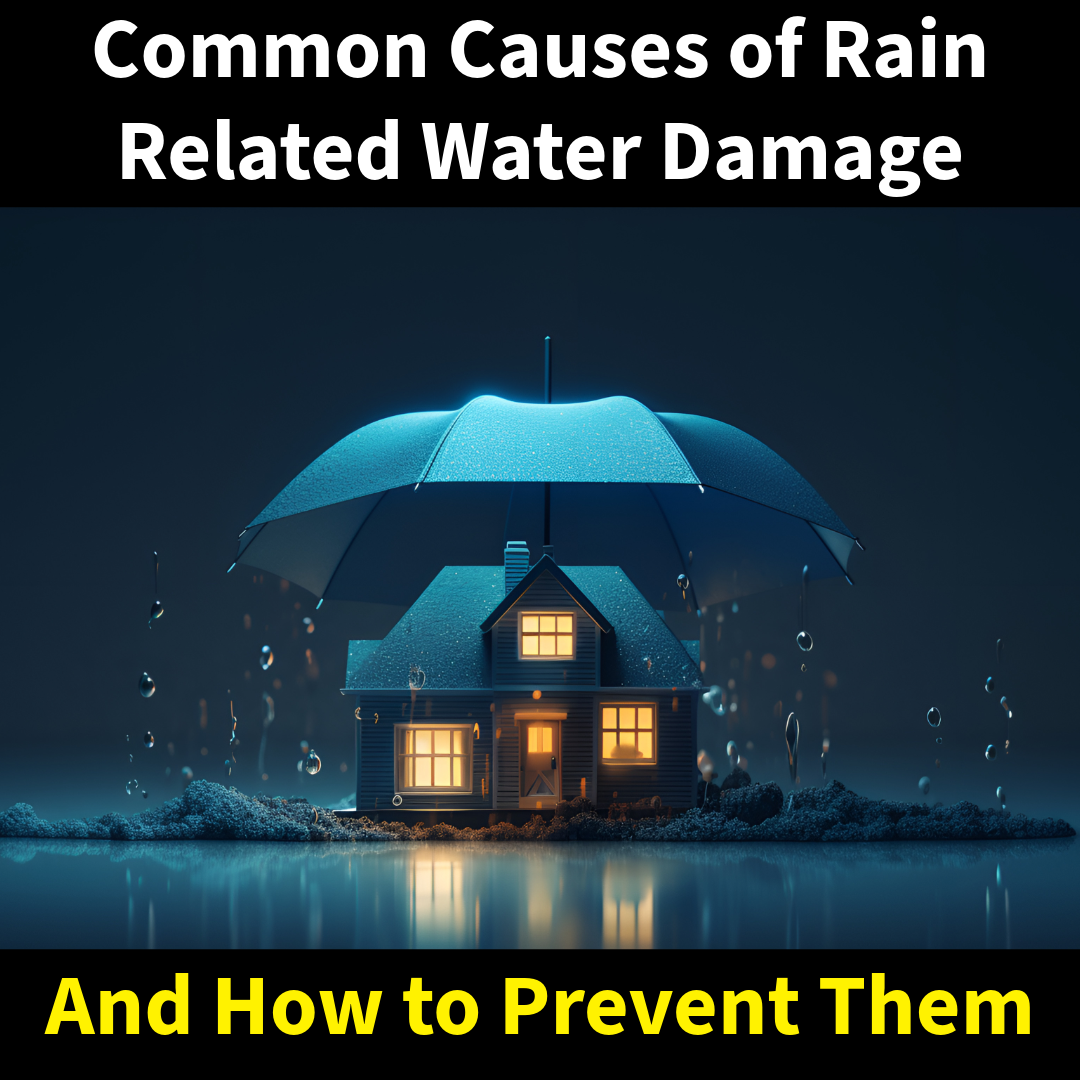When most homeowners think about water damage, they picture burst pipes or flooded basements. But one of the most common — and preventable — sources of water damage comes from something much simpler: clogged gutters.
If your gutters aren’t doing their job, rainwater has nowhere to go. Instead of flowing away from your home, it spills over the sides, pooling around your foundation, leaking into walls, or backing up under your roof. The result? Hidden moisture, mold growth, and costly structural repairs.
Why Gutters Matter More Than You Think
Gutters are designed to channel water away from your home’s exterior, roofline, and foundation. When they’re full of leaves, twigs, and debris, that water backs up — and it doesn’t take much to cause major damage.
Common issues caused by clogged gutters:
- Foundation Cracks – Water pooling around your home’s base can weaken the foundation over time.
- Basement Flooding – Overflowing gutters can send water right into basement walls.
- Wood Rot – Fascia boards, soffits, and even interior framing can rot when water seeps in.
- Roof Leaks – Water trapped in gutters can push up under shingles, especially in winter.
- Mold Growth – Moisture infiltration often leads to mold in walls, ceilings, and insulation.
How Often Should You Clean Your Gutters?
At a minimum, gutters should be cleaned twice a year — once in the spring and once in the fall. But if you have trees near your home, or if you’ve experienced heavy storms, you may need to clean them more often. Check them after major weather events to be safe.
Warning Signs Your Gutters Might Be Clogged
- Water spilling over the sides during rain
- Sagging or pulling gutters
- Visible plant growth in the gutters
- Stains on siding or walls
- Unexplained moisture in your basement or attic
Don’t Let a Small Chore Turn Into a Big Bill
Regular gutter maintenance is one of the simplest ways to avoid major water damage. Whether you do it yourself or hire a professional, keeping your gutters clear can save you thousands in repairs — and help you avoid mold problems that are harder to detect until it’s too late.
At MSI, we’ve seen firsthand how overlooked gutter issues can lead to serious damage inside a home. If you’re dealing with moisture, mold, or signs of water intrusion, don’t wait. Catching it early makes all the difference.

